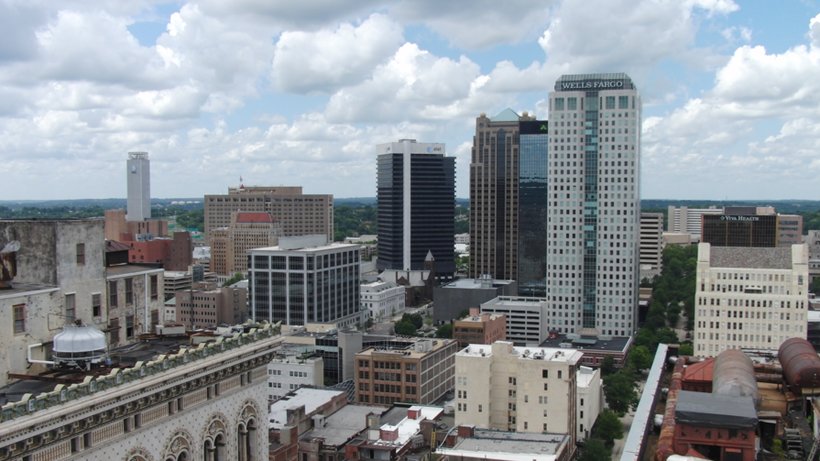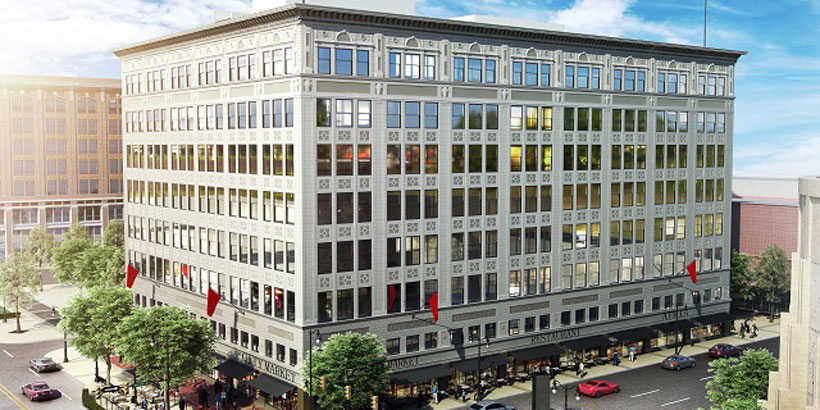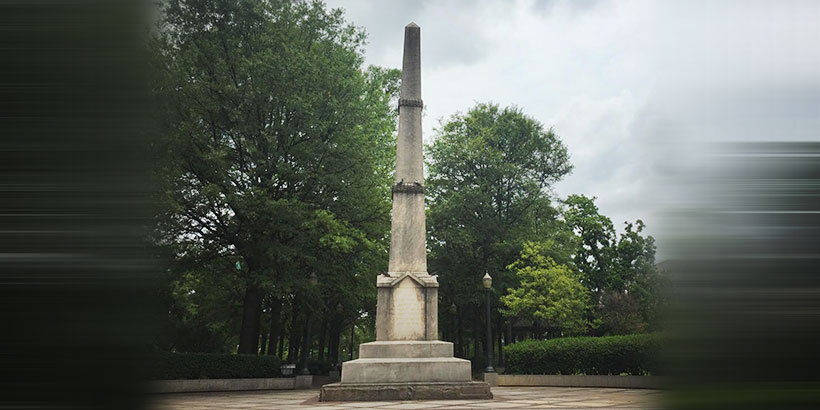
By ALDOT Director John Cooper
The Alabama Department of Transportation is working to improve and replace the elevated portions of Interstate 59/20 through downtown Birmingham’s Central Business District (CBD). These bridge structures are more than 40 years old and were originally designed for 80,000 vehicles per day. Today’s traffic count is approximately 160,000 daily vehicles, and we have reached a point that replacement is necessary.
The work will be divided into three phases, the first of which is under construction. When Phase Two starts later this spring, contractors will begin constructing new ramps leading into and out of downtown Birmingham. In order to maintain access to the city during construction, all work on the new ramps will be completed before existing access points are closed. In Phase Three, the mainline bridges will be taken down and replaced, while through traffic on I-59/20 will be rerouted along I-459 and other routes until the new bridges are completed.
As ALDOT director I have been personally involved with this project for more than four years. I also lived in the Birmingham area for two decades, and remain a frequent user of I-59/20. My deep understanding of the project leaves me convinced that the plan to replace and improve the bridges is not only the best option, it is the only viable solution from among many that have been considered.
Other Options Were Considered
ALDOT’s original plan was to replace the current bridge decks on top of the existing foundations for an estimated $150 million. In 2012, however, the City of Birmingham and Jefferson County asked ALDOT to consider replacing the existing structures with new construction to help reduce noise and improve aesthetics.
Upon further review, we realized we could improve the design to better handle current traffic movements and allow for safer driving conditions. Also, unlike the existing bridges, replacement bridges could allow for wide shoulders and auxiliary lanes to provide space for first responders to address emergencies and remove disabled vehicles with less traffic impact. Additionally, we realized that reconfiguring the on- and off-ramps would eliminate two “weave” conditions, or unsafe lane changes, further enhancing overall safety.
None of these persistent problems would be addressed by simply re-decking the existing bridge foundations.
Nevertheless, in order to fully understand all options, and in keeping with the City’s request, ALDOT also explored two scenarios for re-routing I-59/20 along the Finley Boulevard Corridor, a “short” and “long” route. Both scenarios have challenges. Most notably, federal policy disapproves of building a roadway through a minority or low-income area while another satisfactory route is available. The practical effect of that federal policy makes it highly unlikely ALDOT would receive federal funding to relocate I-59/20 along the Finley Corridor, and insufficient state funds are available to do so without federal support.
Additionally, both projected re-route paths run adjacent to or along the existing Finley Corridor in an effort to avoid destroying existing businesses on both sides where possible. The short route carries I-59/20 through the Finley corridor beginning near Tallapoosa Street to I-65, then southward to the existing I-59/20 interchange. The long route follows a similar path, but extends farther along the existing Finley Corridor to US-78 north of the Burlington Northern Railroad Yard.
While the short re-route encompasses a distance of only 2.5 miles, a number of problems are encountered along the way, including the requirement that a 1.3 mile stretch of I-65 be widened from four lanes to at least eight in each direction. This expansion would require ALDOT to acquire large amounts of property in minority and low-income neighborhoods, including Enon Ridge and Fountain Heights. Another challenge is that under either scenario the re-route path is located in the Village Creek floodplain, portions of which contain hazardous materials and historical sites. This would require the re-routed interstate to be elevated similar to the current CBD bridges.
If pursued, the short plan would require the construction of an elevated interstate through the middle of minority and low-income neighborhoods at a total cost exceeding $1.5 billion. Even if this were feasible, it would require more than 20 years to complete. Since the width of this interstate would be wider than the current roadway, and must avoid the Burlington Northern Railroad Yard, the long route would force the demolition of nearly all the businesses along the existing Finley Corridor. This effort would take at least 28 years and cost over $2 billion.
ALDOT Moving Forward With Best, Only Viable Option
If others wish to explore plans for a future “move to Finley,” ALDOT will cooperate with those efforts. However, ALDOT is already committing $450 million to reconstruct this interstate. We do not have additional funds to re-examine alternate routes that are unfeasible and impractical, especially with our knowledge of the prohibitive conditions and tremendous expense of those alternatives.
ALDOT’s project is ready to go. It results in real progress, it can be done, and we can pay for it. That is not true of the other alternatives. The new CBD bridges will provide a safer design, and represent the best option for this vital interstate route through Alabama’s largest city.








